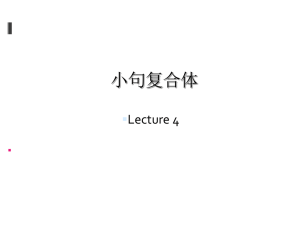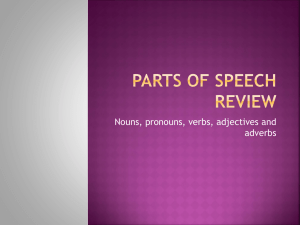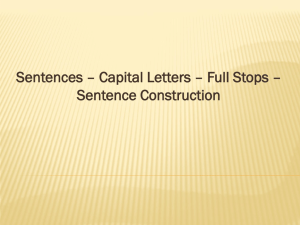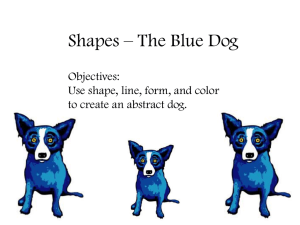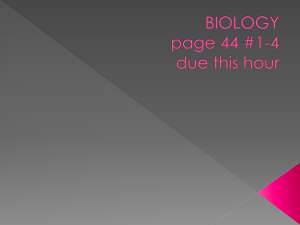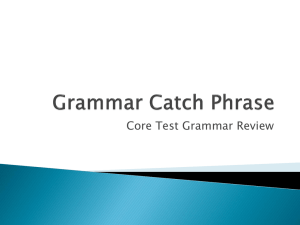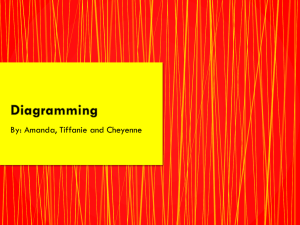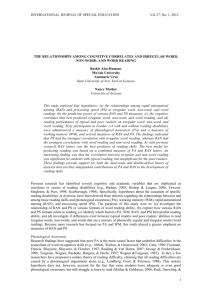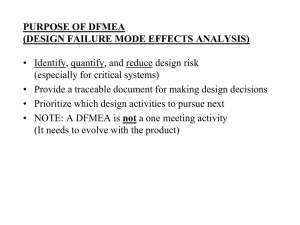running_records_
advertisement
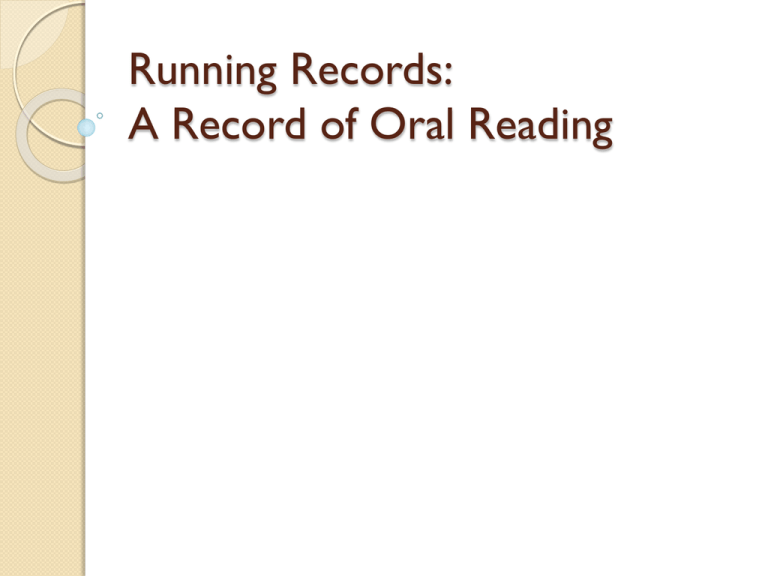
Running Records: A Record of Oral Reading Running Record Common Standards Format and conventions Based on what you observed Calculating /scoring Interpreting or analyzing Why do a Running Record/ Record of Oral Reading? Summarize a reader’s understanding of written language Identify student’s strengths and weaknesses Identify a reading level Monitor student’s progress Pinpoint and make decisions about grouping and teaching Accurate Reading Accurate reading is recorded with a check mark for each correct word. The dog ran down the street. No Errors Substitutions Substitutions are recorded with what the reader says on top and the correct word on the bottom. cat dog The dog ran down the street. Substitution = 1 Error Repetitions Repetitions are a recording of words or phrases repeated. A line is drawn above what is repeated with the letter “R” placed at the point where the child stopped to go back and repeat. __________ R The dog ran down the street. No Error Self Corrections Self corrections occur when a previous error is correct. This is written as SC (self-correction). cat |SC dog| The dog ran down the street. No Error Omissions If no response is given to a word, it is recorded with a dash over the word omitted. down - The dog ran down the street. Omission=1 Error Insertions If an extra response is given, it is record over a dash. big The dog ran down the street. Insertions=1 Error Told If the child balks, unable to proceed because he is aware he has made an error or cannot not attempt, he is told the word-written T. dig | down | T or ran | T The dog ran down the street. Told = 1 Error - | Appeals An appeal for help from the child is turned back to the child for further effort before using T. (say “try it”) - | A| down| | T or - | A| run ran | | The dog ran down the street. Appeal = 1 Error if wrong answer or T given Try That Again Sometimes the child gets into a state of confusion and it is necessary to assist. Put brackets around the first words that caused confusion and , enter the TTA, then begin a fresh record of the problem text. Then run dust that TTA =1 Error The ran down the run ran The dog ran down the street. One Error Sounding Out Sometimes students decode words in ways that are not natural or fluent. d/o/g The dog ran down the street. Reversals Sometimes kids read words and in the process reverse the words. The god ran down the street. dog This is counted as an error Let’s Practice doing a Running Record Quick Tips for Oral Reading Substitution Error Repetition Not an error Self-correction Not an error Omission Error Insertion Error Reversal Error Sounding Out **Error if sounded out incorrectly Teacher Told Word Error Long Pauses Not an error Names Error only once Recording Fluency Not an error Practice Running Records… • Group practice: Item • Group Practice 2: Item 9 • Group Practice 3: All conventions Analyzing errors and Self-corrections Consider the behavior up to the point of error Self-corrections –what did the student use to automatically correct the error Analyze errors first and then the selfcorrection What did the student use: meaning, syntax or visual information Sources of information Meaning/Semantics ◦ Uses pictures or illustrations ◦ Background knowledge ◦ At word, phrase sentence level Structure/Syntax ◦ Does it sound right/could you say that way ◦ Tense agreement ◦ Story structures Visual ◦ ◦ ◦ ◦ Does it look right? Used initial, medial, end Clusters, chunks One to one Time to Analyze our Records! Whole Group and Partner work Data is Key…. You cannot personalize learning without data. Phil Stubbs

